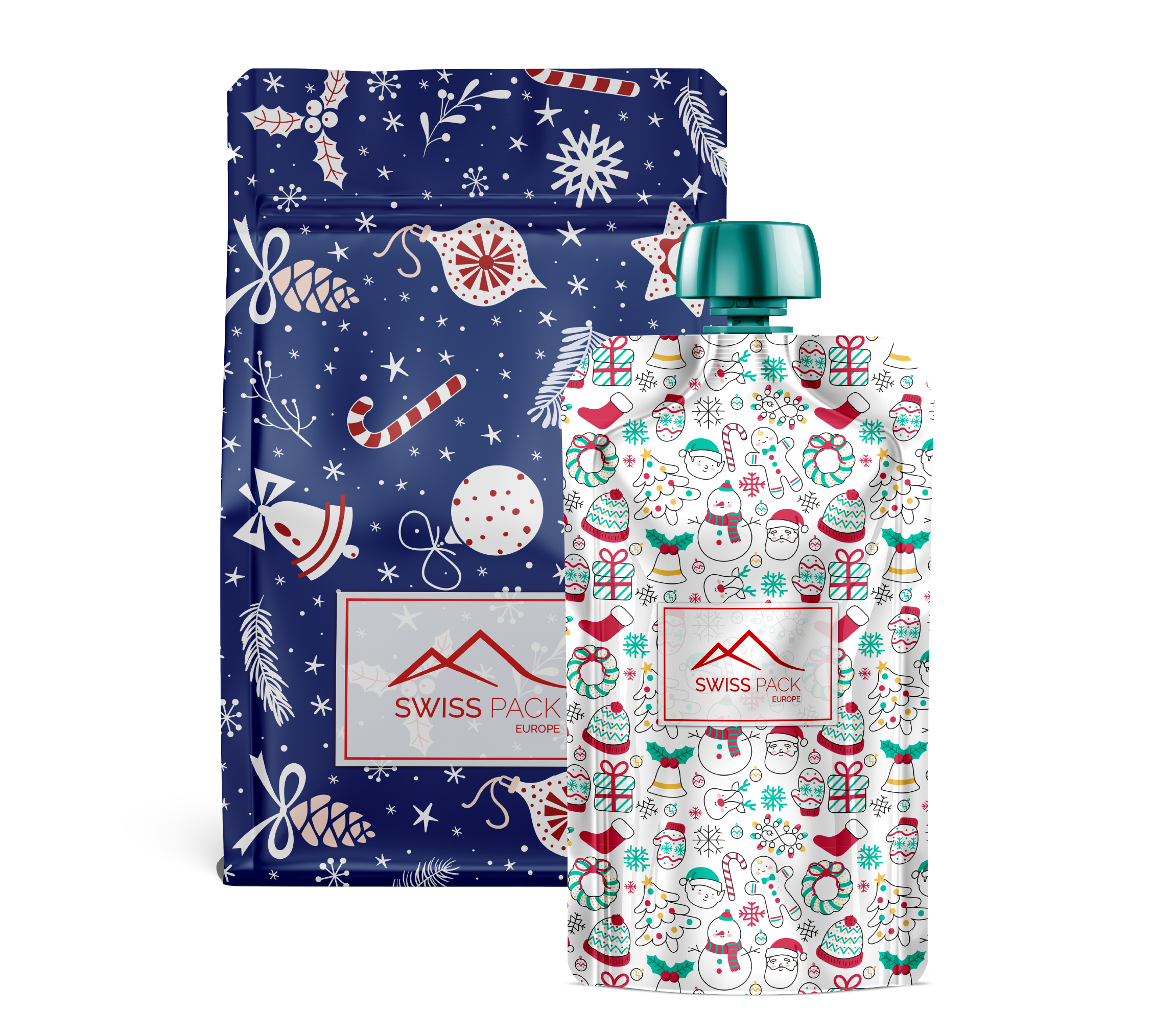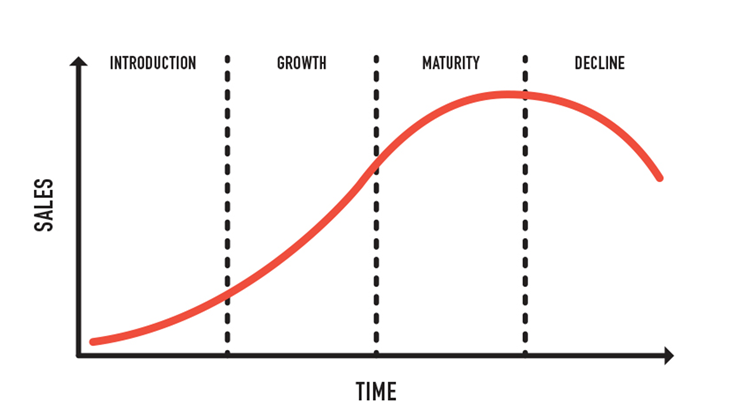
Seasonal packaging was once only feasible for the big brands and traditionally SME’s would do fine with printing a pre-set design style for a few years before changing it, but as technology and consumer behaviours have changed this is no longer a sustainable option.

Thanks to social networks, sharing experiences and exclusive products/content now provides your consumers, both businesses and end users social value, a factor that now also increases or decreases the perceived value of your product.
For merchandisers and marketers, the notion of a product being ‘Instagrammable’ or not closely correlates with the success and failure of it in the market. As a packaging company we have seen new companies come and go within the space of 6 months due to poor design and positioning and larger brands returning with lower quantities due to demand fluctuations.
That said, you’d think that packaging innovation then would be the way to achieve competitive advantage however, this is not the case as there is also the limitation of consumer willingness to adapt to a product or packaging innovation where innovation impact needs to be accessed.
In contrast solely innovating your design frequently to match the external environment be it an event or seasonal period is the most cost efficient and effective way to add value, provide competitive advantage and distinguish your brand in a saturated market.
Thankfully with the advancement in Digital printing techniques there is no longer a need to invest in costly print cylinders for your designs or even wait ten weeks for an order, with digital printing now available for both stand up pouches and flat bottom bags the possibilities are more or less endless and achievable in as little as 3 weeks.
To further validate our insight, you can take at look at tools such as the Net Promoter Score which are being heavily adopted by FMCG’s for products that measure the quality of customer experience or level of customer satisfaction on a scale of ten. The globally used metric, looks at how likely a customer is to promote your product and segments the results into 3 categories:

The question now arises, hypothetically if you were to rate
your customers your self how many do you think would actually sit between 1-8?
If the majority do, then developing a packaging design strategy is something
that should be strongly considered as a basic survival strategy as opposed to a
strategy for growth.

Furthermore, taking a good look at the product life cycle above, typically a product would go through each of these stages through a number of years but due to the increasing influence of social value, this has shrunk the entire cycle to one year or even less for many products, except for large FMCG brands that have been long established.
For SME’s and micro brands to then compete and survive in this environment, it is evident that design innovation provides a solution that allows them to enjoy the same product life cycle length if not more with added growth spurts with every design change iteration. This ability to remain agile and responsive to the market is mirrored in the approach taken by Swiss Pack Europe. We evaluate your goals within the market and advise on the optimum packaging solutions to meet your brand and cost objectives.
Sources:
Net Promoter Score: https://www.netpromoter.com